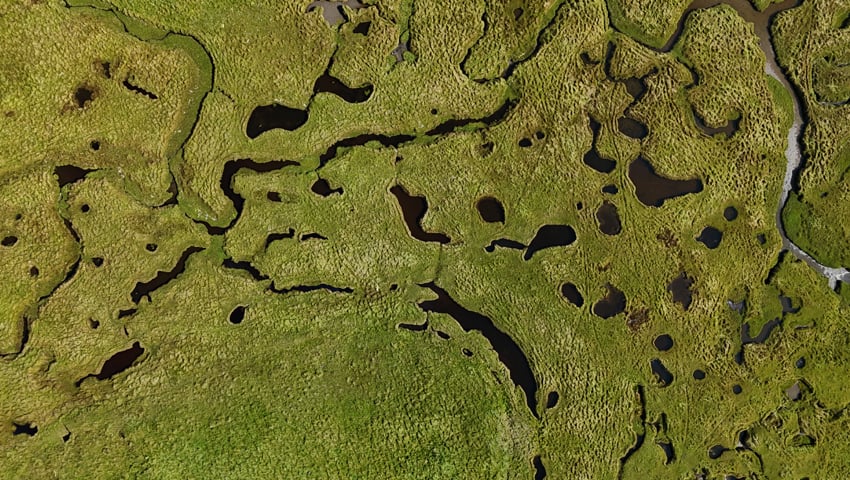More than 14,000 hectares of degraded peatlands have been restored across Scotland in the last year, helping to reduce carbon emissions and restore biodiversity.
Peatlands are areas of wet land that support habitats and species that are important for biodiversity, they also protect the wider ecosystem by improving water quality and reducing the severity of flooding.
Covering nearly two million hectares, Scotland is home to two-thirds of the UK’s peatlands. However, nearly three-quarters of Scotland’s peatlands are currently degraded.
The Scottish Government has pledged £250 million to support the restoration of 250,000 hectares of peatlands by 2030, with an interim target of 110,000 hectares by 2026. A total of 90,000 hectares have been restored since 1990 and 14,860 of those were completed throughout the 2024-25 financial year.
Agriculture Minister Jim Fairlie said, “I am very pleased to report Scotland’s Peatland ACTION partnership has put 14,860 hectares of degraded peatlands on the road to recovery last year. This is a new record in one year.
“Restoring peatland benefits our environment by reducing emissions, reducing risks of flooding and wildfires and improving water quality, it also invests in people and skills, creating green jobs in rural communities.
“This means we have exceeded our 2024 Programme for Government commitment and represents a 42 per cent increase over the 10,360 hectares restored during 2023-24. I thank all of our partners for their sustained efforts and tenacity in delivering another milestone figure.”
Nick Halfhide, NatureScot Interim Chief Executive, said, “NatureScot has successfully facilitated 65 per cent of the restoration work completed in 2024-25. This significant achievement contributes substantially towards the overall target of 250,000 hectares of degraded peatland being put on the road to recovery by 2030.
“Restoring Scotland’s degraded peatlands is essential to addressing both the climate and nature emergencies – it makes a vitally important contribution to reducing greenhouse gas emissions while providing broader benefits for biodiversity and water quality.”
